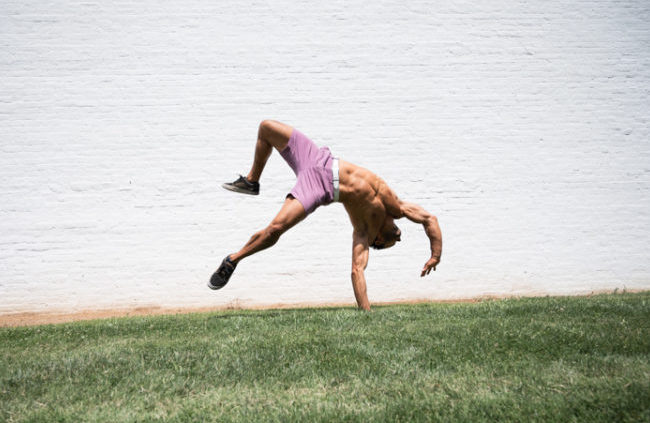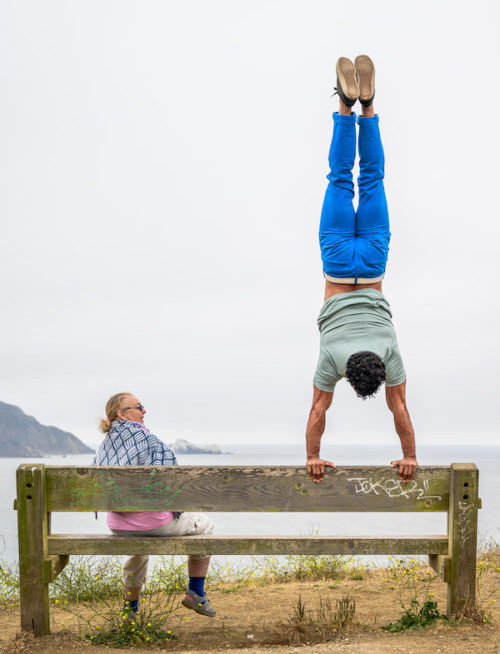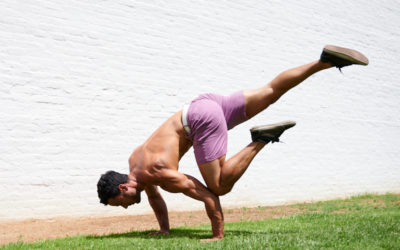There is more pressure than ever on small business and in particular, fitness programs and coaches, to distinguish themselves from the competition. Potential clients have many questions when they’re searching out a new program, such as, How many square feet is your facility? How experienced are your coaches? What style of training do you use with your clients? These are all great questions, but they miss the most essential question of all.
What are you willing to do for your own health and fitness?
I am a coach. I make my living by training people and the money they pay me to teach them. However, I also recognize that people can be healthy and live a fulfilled life doing any number of fitness programs, not just mine. P90x, CrossFit, bootcamps, dance, cycling, running, whatever. All viable programs to get the heart beating, sweat a little bit and by and large provide a positive benefit to one’s overall being.
The commonality in the results has nothing to do with the programs. Results come from a broadly encompassing approach to fitness that takes into account lifestyle factors like getting enough sleep, drinking plenty of water and eating nutritious food instead of junk. Exercise is often a catalyst that spurs one to focus more attention on the other aspects of their life, but the exercise by itself can only do so much in the face of 23 hours outside the gym working towards the antithesis of the 1 hour of gym time each day.
So, what should you be willing to do for your fitness? Perhaps a better way to word this is, how do you become the best student of your program and your own body?
Step one is to have an open mind. If you’re coming into a new program, do the program. Listen to how your coach is explaining how to do an exercise and make it your personal goal to nail it. Impress your coach with your attention to detail and progressively more accurate performance each day. I can’t count how many clients I’ve had who want nothing more than to tell me how some other coach taught them to do an exercise and refuse to learn. Clients with this attitude never make improvements. Their mind is fixed and therefore their body remains fixed as well.
Step two is to expect a learning curve. You absolutely will not be able to do a program perfectly when you start. You will mess up, mix things up, forget exercises, and feel like your head is spinning. This is a fantastic sign that the program is challenging you to learn and that you are putting forth enough effort and focus to realize you are struggling. If your program is easy from the outset and you’re nailing everything, it is too easy, or you are simply oblivious to the fact that you aren’t doing it right.
Step three is to recognize your actions outside of training affect your performance. One of the reasons group programs are so popular is because they create accountability. When you know you’ll be working out with the same people tomorrow morning, you’re less likely to want to show up to the gym with only 2 hours of sleep, or smelling like alcohol. These are extreme examples, but in reality you’re more likely to try to eat healthier when you’re surrounded by others who are excelling in a program and you want to be part of that group. I work with people individually, so their motivation needs to come from an interest in their health, fitness, acquisition of new skills, enjoyment of training in general, an upcoming race/event, or some other internal catalyst.
Once you realize your actions outside the gym directly affect your performance, recovery, appearance, mental energy, etc., you will naturally begin to take better care of yourself. Until you feel it, you will just have to take your coaches word for it – and do it!
These are three simple steps you can take to be the best possible client to your program and to your own fitness. Keep an open mind and do your program, be prepared to fail and feel uncomfortable – this will pass, and take care of yourself by sleeping, drinking water and skipping the junk. When you get all of this together the results are all but guaranteed. And if you can honestly put all of this together for 3 months with a program and you don’t get results, then you have earned the right to say that program didn’t work for you and to try something new.







